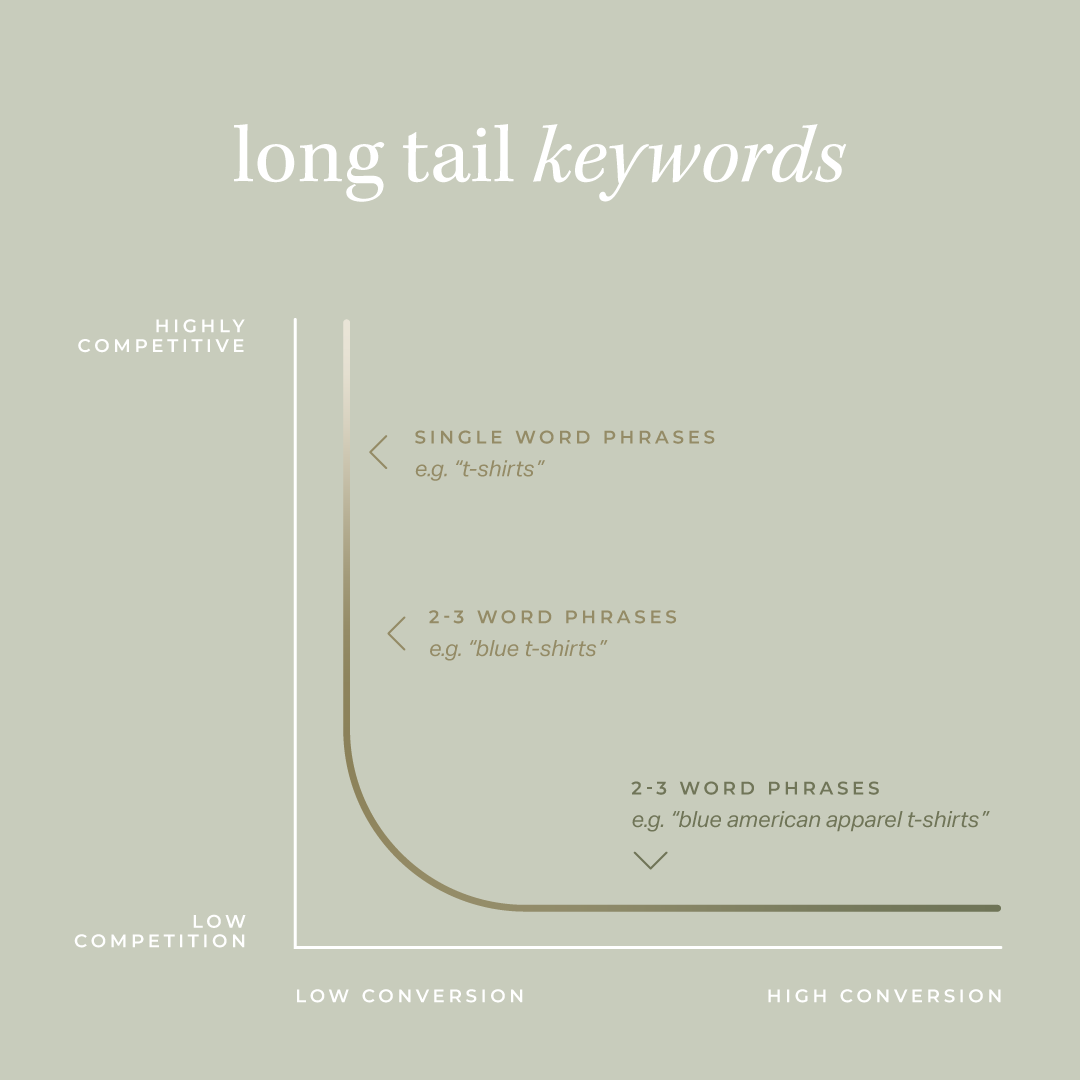3 Easy Steps To An Effective SEO Strategy
SEO. The word itself can send a shiver down anyone’s spine. Somehow those 3 little letters can make even the most confident digital marketer question themselves.
So we have decided to unpack the monster and show you that it’s really not that scary at all. In fact, SEO can be as simple or complex as you want it to be depending on your needs, your time and your budget. So for the sake of this article, and your sanity, we are going to run through the 3 basic steps to an effective SEO strategy that anyone can follow.
So what is SEO?
SEO stands for search engine optimisation which is the process of trying to get as much organic traffic as possible to your site by ranking highly on search engines such as Google. The reason this is so important is because 95% of all web traffic goes to sites on the first page of the Google Search results, and if you can get to that coveted first position on the first page, you can get 33% of all search traffic! So how do we get there? Keep reading to find out.
Step 1: Keyword Research
Keywords are at the heart of SEO. They are the words or phrases that potential customers or clients are typing into Google to find a solution to their query, whether that is a service, product or information.
There’s a few different ways of doing your keyword research. The simplest method is by using Google Suggest. Simply head to Google and type in a word or phrase that relates to the core of your business. Google will give suggestions on phrases that are commonly searched for surrounding what you’ve entered. This will give you some long tail keywords to use within your SEO strategy.
Long tail keywords are a great starting point for SEO as they generally have less competition (due to less search volume) than single word phrases and are therefore easier to rank for.
There are a variety of keyword tools that you can use to really analyse the search volume, competition and ease of ranking of keywords and phrases such as Google Keyword Planner.
Step 2: Use Your Keywords
Create Content
So now that you have your list of keywords and phrases it’s time to use these throughout your website. Build out your pages, create consistent blog articles, and use your keywords throughout. Don’t overdo it though. Google will penalise you for repetitive wording that doesn’t read nicely or sound natural. You also want to make sure that your content is engaging for your online visitors. The key is valuable content that educates your visitors on what you do and how you can help solve their problem. Sound like a human, and write content for a human (not for an algorithm).
Relevant URLs
Another way to get your keywords within your website is through your website URLs. Focus on the most common and highly searched keywords relevant to the content on that page, and use these in the URL. This will tell Google exactly what your page is about and help you rank higher for it.
Keyword Page Titles
Page Titles tell a customer exactly what they can expect to find on that page. So make sure it uses your keywords, is engaging, and is relevant to the content.
Off Page SEO
Off Page SEO refers to what you can do outside of content within your pages (On Page SEO) to help with your SEO efforts. There are two keys way to do this:
1) Backlinking:
Backlinks are links to your website from other external sites. By having other websites refer to your site, you are showing Google that you have relevant content that others also find relevant which gives you authority. The more backlinks you have, the more valuable your content will appear to Google. So trying to get other sites to reference and link to your website is an important piece in the SEO puzzle.
It’s worth sitting down and brainstorming different ways to get backlinks to your website. This can be writing a guest blog for another site, sharing links with local businesses in exchange for links to their own sites, or contacting sites that would find your content relevant to their audience and asking them to link to your particular page or blog post.
2) Local Search:
A great, easy and free way to rank on Google within your local area is through Google MyBusiness. By registering your business through Google MyBusiness (don’t forget to use your keywords), your business details will show up in search queries from customers in your local area, letting them know your business is there and ready to meet their needs.
Step 3: Technical SEO
The third and final piece to your SEO Strategy is your Technical SEO. This is all the backend items of your site that you want to optimise not just for SEO, but also for a better experience on your website.
Google ranks websites that provide the best customer experience and provide the most relevant content. That means that things like your site speed, navigation, internal links and mobile optimisation play a role in how you rank.
Making sure your website is easy to navigate, makes sense structurally, loads quickly and functions seamlessly on mobile devices will help your SEO and get you higher rankings, meaning more organic traffic and higher conversions.
SEO, not so scary after all.
If you’re still feeling overwhelmed or need a hand in implementing your SEO strategy, contact us and we will happily help you on your SEO journey.


